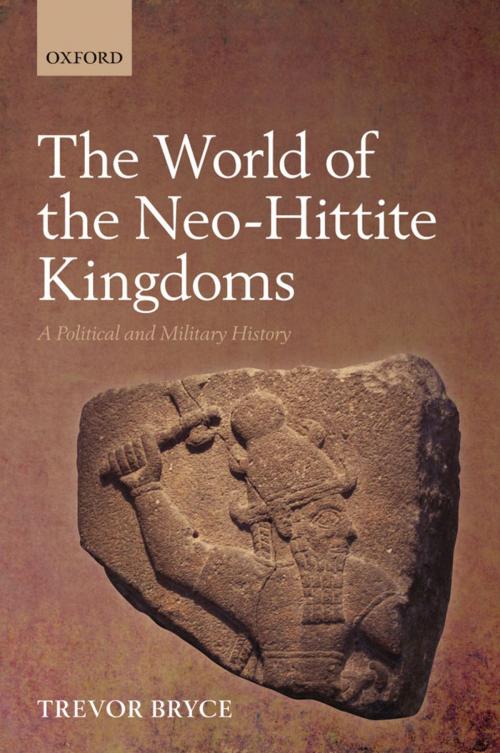The World of The Neo-Hittite Kingdoms
A Political and Military History
Nonfiction, History, Ancient History, Egypt| Author: | Trevor Bryce | ISBN: | 9780191505027 |
| Publisher: | OUP Oxford | Publication: | March 15, 2012 |
| Imprint: | OUP Oxford | Language: | English |
| Author: | Trevor Bryce |
| ISBN: | 9780191505027 |
| Publisher: | OUP Oxford |
| Publication: | March 15, 2012 |
| Imprint: | OUP Oxford |
| Language: | English |
In the early 12th century, the Late Bronze Age Hittite empire collapsed during a series of upheavals which swept the Greek and Near Eastern worlds. In the subsequent Iron Age, numerous cities and states emerged in south-eastern Anatolia and northern Syria, which are generally known today as the 'Neo-Hittite kingdoms'. Bryce's volume gives an account of the military and political history of these kingdoms, moving beyond the Neo-Hittites themselves to the broader Near Eastern world and the states which dominated it during the Iron Age. Divided into three sections, The World of Neo-Hittite Kingdoms looks at the last decades of the empire and the features of these kingdoms and their subsequent treatment under their Anatolian successors. Through a closer look at the individual Neo-Hittite kingdoms and their rulers and a comparison with the contemporary Aramaean states and the other kingdoms of the age - notably the Neo-Assyrian empire - it concludes with a historical synthesis of the Neo-Hittites when the last kingdom was absorbed into the Assyrian provincial administration.
In the early 12th century, the Late Bronze Age Hittite empire collapsed during a series of upheavals which swept the Greek and Near Eastern worlds. In the subsequent Iron Age, numerous cities and states emerged in south-eastern Anatolia and northern Syria, which are generally known today as the 'Neo-Hittite kingdoms'. Bryce's volume gives an account of the military and political history of these kingdoms, moving beyond the Neo-Hittites themselves to the broader Near Eastern world and the states which dominated it during the Iron Age. Divided into three sections, The World of Neo-Hittite Kingdoms looks at the last decades of the empire and the features of these kingdoms and their subsequent treatment under their Anatolian successors. Through a closer look at the individual Neo-Hittite kingdoms and their rulers and a comparison with the contemporary Aramaean states and the other kingdoms of the age - notably the Neo-Assyrian empire - it concludes with a historical synthesis of the Neo-Hittites when the last kingdom was absorbed into the Assyrian provincial administration.















